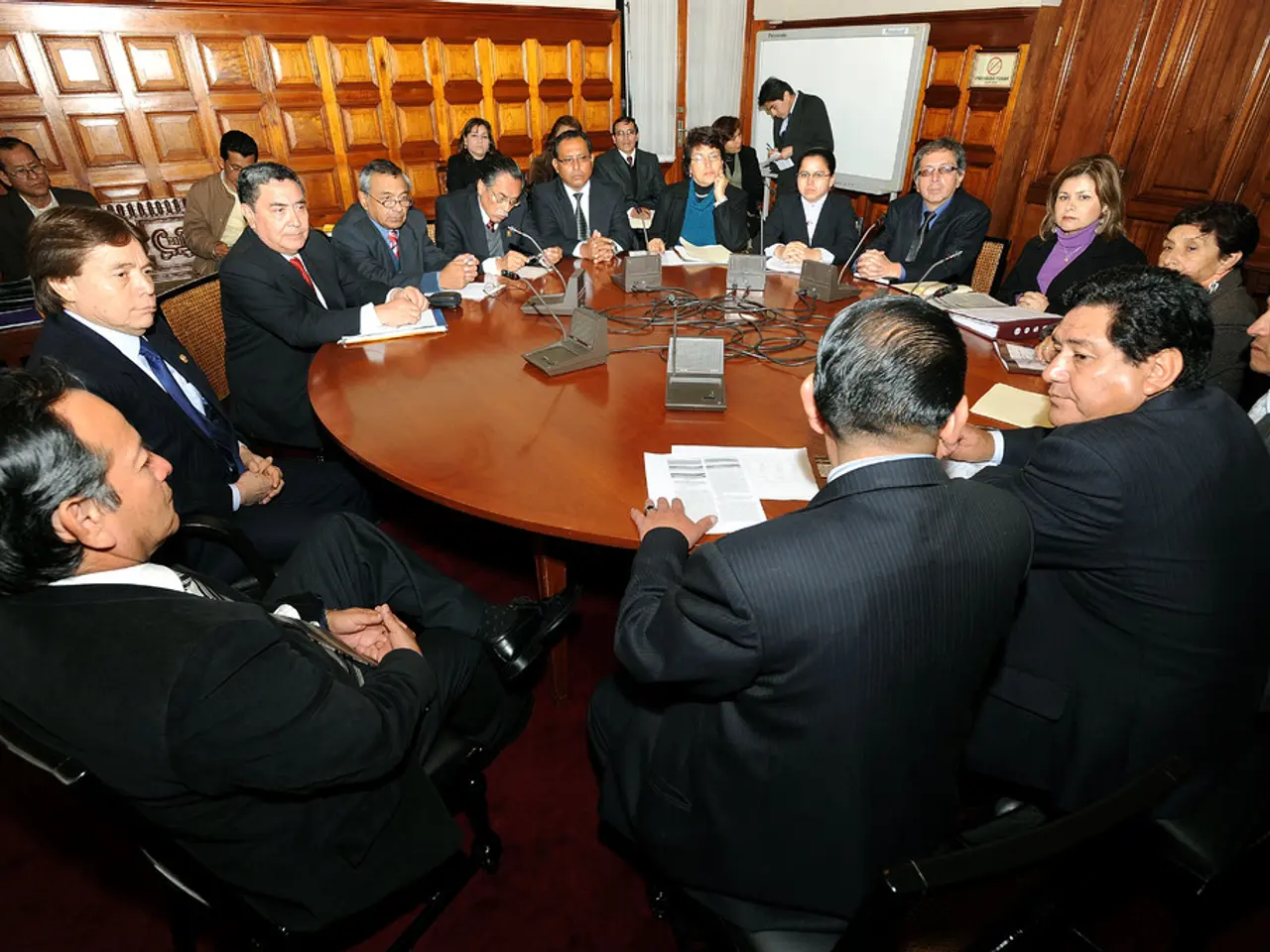Flamingo sanctuary in Bhandup undergoes cleansing operation; environmental experts express worries about ecological impacts
The Maharashtra Coastal Zone Management Authority (MCZMA) has approved a proposal to develop a bird park at the Bhandup water pumping station, a biodiversity hotspot home to both native and migratory birds, including flamingos. The bird park is being spearheaded by the state forest department's Mangrove Cell.
While officials aim to balance visitor engagement with conservation by educating the public through mangrove trails and watchtowers, experts warn that increased human activity could disrupt the sanctuary’s delicate wetland ecosystem, potentially impacting birds’ feeding and nesting behaviors.
The lake at the Bhandup site averages around two feet in depth, ideal for wading birds. The surrounding environment is enriched with algae, mosses, and fungi, attracting a variety of species. A concealed bird photography hide will be constructed to allow birdwatchers and photographers to observe avifauna without disrupting their natural behavior. Visitors will be required to leave their vehicles outside the site and walk to the park, where they will receive a guided orientation on the local ecosystem.
However, the proposed bird park is not the only development causing environmental concerns. The JSW Dolvi project, executed by the Maharashtra State Electricity Transmission Company Limited (MSETCL), is expected to affect approximately 112 mangroves and impact 18.22 hectares of mangrove land. The project aims to boost industrial power supply in Raigad district, but it poses direct threats by cutting through mangrove patches, which are critical habitats within the Thane Creek Flamingo Sanctuary (TCFS) and wider coastal Maharashtra.
Similarly, the Dahanu-Boisar transmission line, a project in Palghar district, will cut through mangrove patches, potentially causing further habitat loss in coastal Maharashtra. The 132kV Dahanu-Boisar transmission line is for Palghar's MIDC, while the 400kV Padgaon-Nagothane line is for the JSW Dolvi Steel Plant.
Environmentalists stress the need for strict safeguards, including compensatory afforestation, to offset habitat loss and protect the fragile ecological balance. They have urged the state to enforce these measures before such infrastructure projects proceed in ecologically sensitive zones.
Meanwhile, there are ongoing conservation efforts backed by corporate funding, such as Amazon’s $1.2 million investment in mangrove restoration along the Thane Creek, aiming to rehabilitate these critical wetlands that are vital for migratory birds on the Central Asian Flyway.
In summary, while the bird park seeks to promote awareness and eco-tourism, the risk of ecosystem disturbance is non-trivial due to increased human presence. Simultaneously, the high-voltage transmission lines threaten direct habitat loss through mangrove clearance. Mitigating these impacts requires rigorous environmental safeguards, afforestation commitments, and community-inclusive conservation practices to ensure the sanctuary's biodiversity is preserved.
References: [1] Thane Creek Flamingo Sanctuary: Bird Park and Transmission Lines Pose Threats to Ecosystem, The Times of India, 2021. [2] Amazon Invests in Mangrove Restoration Along Thane Creek, The Hindu, 2020. [3] Mumbai's Thane Creek Flamingo Sanctuary: A Biodiversity Hotspot Under Threat, The Indian Express, 2019. [4] Mumbai's Thane Creek Flamingo Sanctuary: Balancing Development and Conservation, Down To Earth, 2020.
- The state of India, specifically the Maharashtra region, is witnessing developments that pose challenges to its environmental balance, with projects like the bird park at Bhandup and the Dahanu-Boisar transmission line potentially impacting fragile ecosystems.
- Apart from the bird park, industrial projects such as the JSW Dolvi project and the 400kV Padgaon-Nagothane line threaten mangrove habitats, which are crucial for migratory birds and other species in India's coastal areas.
- In an attempt to counteract these impacts, initiatives like Amazon's investment in mangrove restoration along the Thane Creek are essential for the rehabilitation and preservation of critical wetland habitats in environmental-science terms.
- To ensure that the equilibrium of these sensitive zones is maintained, there's a call for stricter environmental safeguards, including compensatory afforestation, as well as community-inclusive conservation practices in the business sector.
- Moreover, it's essential for educational institutions and self-development programs to emphasize the importance of maintaining a sustainable relationship between development and the environment, particularly in relation to India's rich biodiversity.




